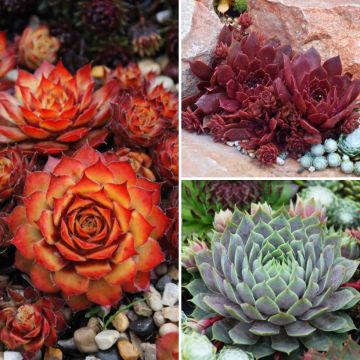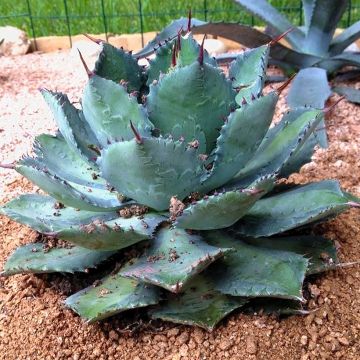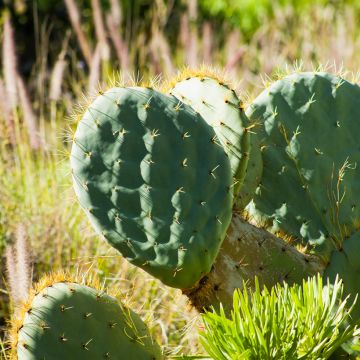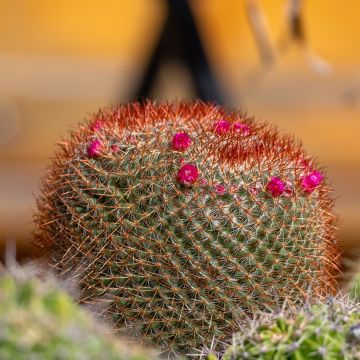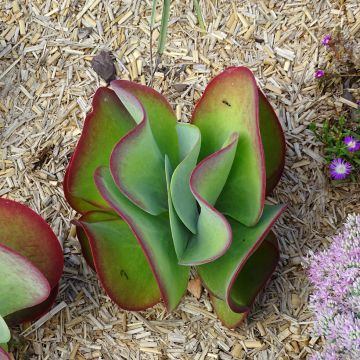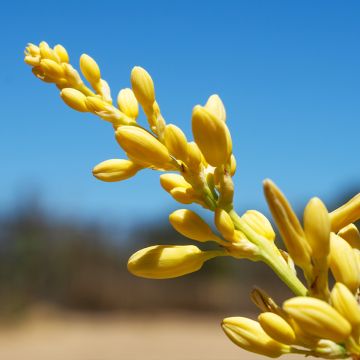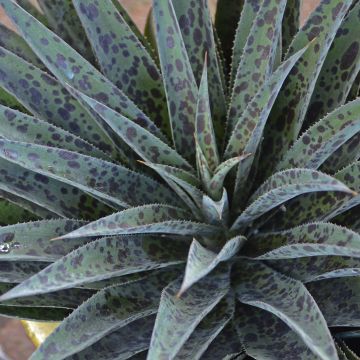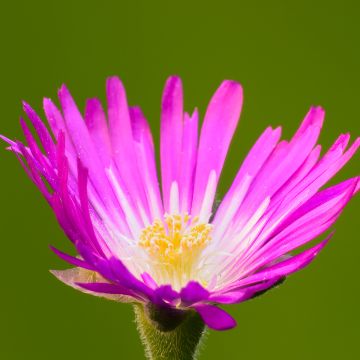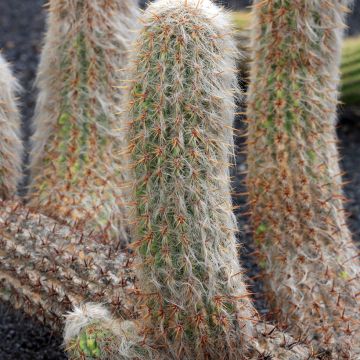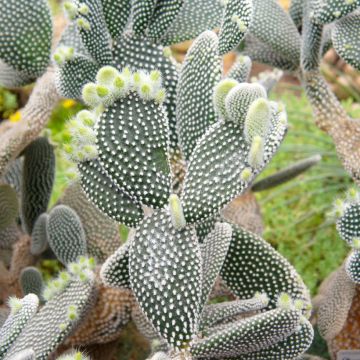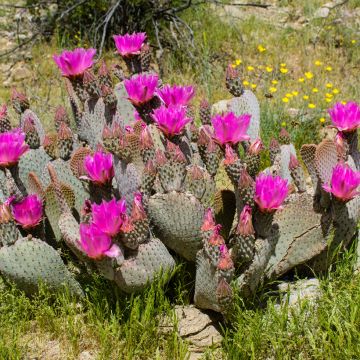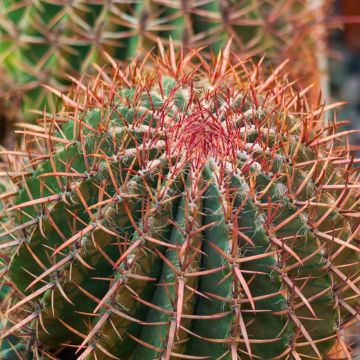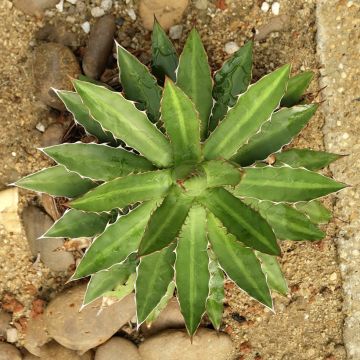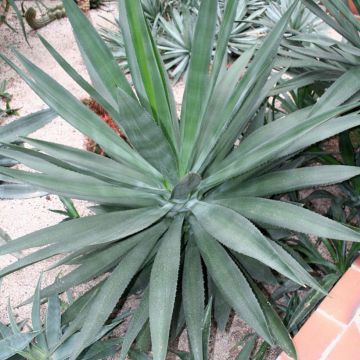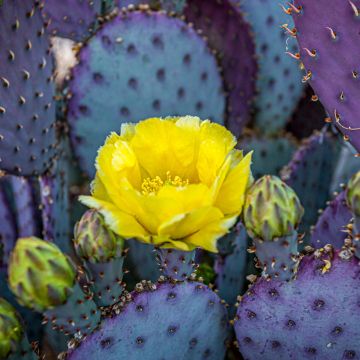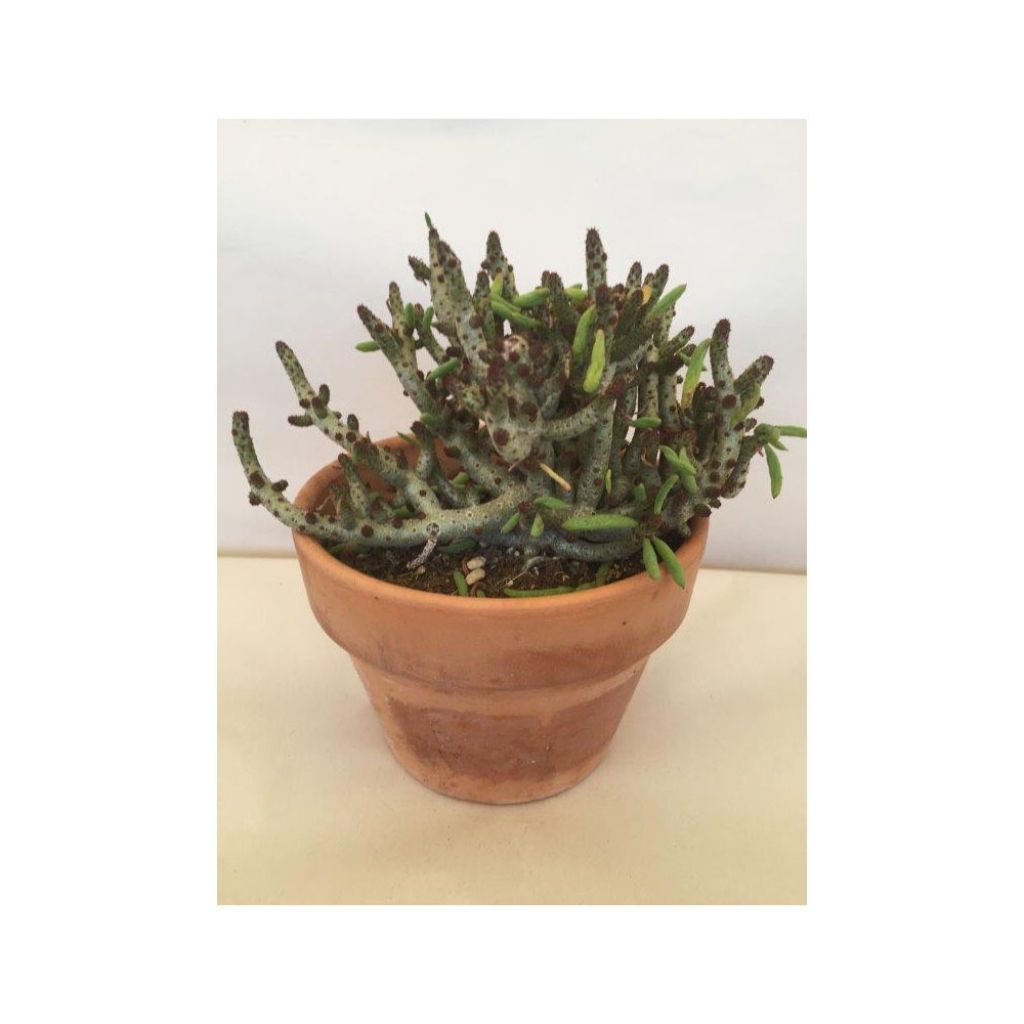

Tylecodon bucholzianus
Tylecodon bucholzianus
Tylecodon bucholzianus
The plant arrived in a deplorable state: out of its pot, scattered substrate, branches broken into about ten pieces.
Martine, 04/04/2024
Special offer!
Receive a €20 voucher for any order over €90 (excluding delivery costs, credit notes, and plastic-free options)!
1- Add your favorite plants to your cart.
2- Once you have reached €90, confirm your order (you can even choose the delivery date!).
3- As soon as your order is shipped, you will receive an email containing your voucher code, valid for 3 months (90 days).
Your voucher is unique and can only be used once, for any order with a minimum value of €20, excluding delivery costs.
Can be combined with other current offers, non-divisible and non-refundable.
Why not try an alternative variety in stock?
View all →This plant carries a 12 months recovery warranty
More information
We guarantee the quality of our plants for a full growing cycle, and will replace at our expense any plant that fails to recover under normal climatic and planting conditions.
Would this plant suit my garden?
Set up your Plantfit profile →
Description
Tylecodon bucholzianus is a strange little succulent bush, resembling coral with its swollen base and short, stout branches, bearing few or no leaves! The green-grey, cylindrical, smooth stems are curved to erect and punctuated with brown foliar scars. Native to South Africa, it becomes dormant to survive dry and hot summers and develops in winter when the weather becomes milder and more humid. In summer, it bears delicate and airy clusters of small, erect flowers with white reflexed petals. Being very small and frost-sensitive, it is a species that should be cultivated in a pot in a well-draining and light substrate.
Tylecodon bucholzianus is a succulent plant belonging to the vast family of Crassulaceae. It grows along the coast in the arid Karoo region. It can be found in crevices and on rocks, exposed to significant fog in winter during which time it grows. It is a plant with a caudex, a swollen stem that serves as a water reserve, allowing it to withstand drought and heat. Frost-sensitive, it tolerates low temperatures down to a minimum of 1°C (33.8°F), especially if the soil is perfectly drained and dry. Cultivate it in a pot, in full sun or partial shade, in a well-draining, sandy substrate composed of equal parts of potting soil, sand, and topsoil.
Tylecodon bucholzianus is a very uncommon succulent plant, appreciated for its strange appearance. It is a perennial succulent shrub with an upright and compact habit. It is a small size, reaching only 30 cm (12in) in all directions. It has a very brittle structure composed of a caudex, a wide and thick stem, bearing fleshy, cylindrical branches of 2 cm (1in) in diameter, ending in a point. Its epidermis is green-grey and marked with brown foliar scars. If present, its foliage appears in late spring in various forms depending on the individual. Sometimes it is fleshy, linear, 0.5 to 4 cm (0.2 to 2in) long, and quickly falls off. In other cases, the pointed ends of the branches are adorned with small reddish bracts that persist during the dormant season. The plant blooms in late summer from August to September, offering short and delicate terminal clusters of erect flowers, 0.5 cm (0.2 in) long, with white reflexed petals.
Tylecodon bucholzianus should be planted in a pot that should not be watered once the first heat arrives, until autumn. It can be paired with other succulent species of the same origin, such as Anacampseros or Conophytums, to create miniature desert gardens, or it can be placed alone in a pot to decorate a windowsill or a corner of a patio.
Report an error about the product description
Flowering
Foliage
Plant habit
Botanical data
Tylecodon
bucholzianus
Cactaceae
South Africa
Other Cacti and succulents
View all →Planting and care
Plant Tylecodon bucholzianus in a pot, in a bright but not scorching position or in partial shade, in a light, well-draining, sandy to rocky soil. Frost-tolerant, it can withstand temperatures of at least 1 °C in dry and perfectly drained soil. It is a plant that goes into dormancy during hot and dry periods in summer and grows in winter. Water it very little or not at all in summer and protect it from direct light. In winter, keep it cool at around 8 °C and water sparingly, waiting for the substrate to dry completely between two waterings.
Planting period
Intended location
Care
-
, onOrder confirmed
Reply from on Promesse de fleurs
Haven't found what you were looking for?
Hardiness is the lowest winter temperature a plant can endure without suffering serious damage or even dying. However, hardiness is affected by location (a sheltered area, such as a patio), protection (winter cover) and soil type (hardiness is improved by well-drained soil).

Photo Sharing Terms & Conditions
In order to encourage gardeners to interact and share their experiences, Promesse de fleurs offers various media enabling content to be uploaded onto its Site - in particular via the ‘Photo sharing’ module.
The User agrees to refrain from:
- Posting any content that is illegal, prejudicial, insulting, racist, inciteful to hatred, revisionist, contrary to public decency, that infringes on privacy or on the privacy rights of third parties, in particular the publicity rights of persons and goods, intellectual property rights, or the right to privacy.
- Submitting content on behalf of a third party;
- Impersonate the identity of a third party and/or publish any personal information about a third party;
In general, the User undertakes to refrain from any unethical behaviour.
All Content (in particular text, comments, files, images, photos, videos, creative works, etc.), which may be subject to property or intellectual property rights, image or other private rights, shall remain the property of the User, subject to the limited rights granted by the terms of the licence granted by Promesse de fleurs as stated below. Users are at liberty to publish or not to publish such Content on the Site, notably via the ‘Photo Sharing’ facility, and accept that this Content shall be made public and freely accessible, notably on the Internet.
Users further acknowledge, undertake to have ,and guarantee that they hold all necessary rights and permissions to publish such material on the Site, in particular with regard to the legislation in force pertaining to any privacy, property, intellectual property, image, or contractual rights, or rights of any other nature. By publishing such Content on the Site, Users acknowledge accepting full liability as publishers of the Content within the meaning of the law, and grant Promesse de fleurs, free of charge, an inclusive, worldwide licence for the said Content for the entire duration of its publication, including all reproduction, representation, up/downloading, displaying, performing, transmission, and storage rights.
Users also grant permission for their name to be linked to the Content and accept that this link may not always be made available.
By engaging in posting material, Users consent to their Content becoming automatically accessible on the Internet, in particular on other sites and/or blogs and/or web pages of the Promesse de fleurs site, including in particular social pages and the Promesse de fleurs catalogue.
Users may secure the removal of entrusted content free of charge by issuing a simple request via our contact form.
The flowering period indicated on our website applies to countries and regions located in USDA zone 8 (France, the United Kingdom, Ireland, the Netherlands, etc.)
It will vary according to where you live:
- In zones 9 to 10 (Italy, Spain, Greece, etc.), flowering will occur about 2 to 4 weeks earlier.
- In zones 6 to 7 (Germany, Poland, Slovenia, and lower mountainous regions), flowering will be delayed by 2 to 3 weeks.
- In zone 5 (Central Europe, Scandinavia), blooming will be delayed by 3 to 5 weeks.
In temperate climates, pruning of spring-flowering shrubs (forsythia, spireas, etc.) should be done just after flowering.
Pruning of summer-flowering shrubs (Indian Lilac, Perovskia, etc.) can be done in winter or spring.
In cold regions as well as with frost-sensitive plants, avoid pruning too early when severe frosts may still occur.
The planting period indicated on our website applies to countries and regions located in USDA zone 8 (France, United Kingdom, Ireland, Netherlands).
It will vary according to where you live:
- In Mediterranean zones (Marseille, Madrid, Milan, etc.), autumn and winter are the best planting periods.
- In continental zones (Strasbourg, Munich, Vienna, etc.), delay planting by 2 to 3 weeks in spring and bring it forward by 2 to 4 weeks in autumn.
- In mountainous regions (the Alps, Pyrenees, Carpathians, etc.), it is best to plant in late spring (May-June) or late summer (August-September).
The harvesting period indicated on our website applies to countries and regions in USDA zone 8 (France, England, Ireland, the Netherlands).
In colder areas (Scandinavia, Poland, Austria...) fruit and vegetable harvests are likely to be delayed by 3-4 weeks.
In warmer areas (Italy, Spain, Greece, etc.), harvesting will probably take place earlier, depending on weather conditions.
The sowing periods indicated on our website apply to countries and regions within USDA Zone 8 (France, UK, Ireland, Netherlands).
In colder areas (Scandinavia, Poland, Austria...), delay any outdoor sowing by 3-4 weeks, or sow under glass.
In warmer climes (Italy, Spain, Greece, etc.), bring outdoor sowing forward by a few weeks.






























